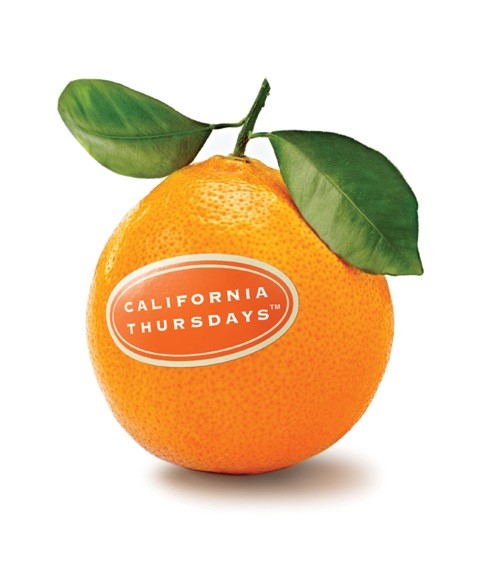by Nathaniel Browning, Policy & Programs Officer
The growing prevalence of schools acquiring food from local farms makes me wish I could once again eat at school. The increasing popularity of Farm to School (F2S) programs is for good reason: they have a positive impact on student learning and health as well as the greater community and environment.
Many districts and county offices of education have incorporated school gardens and seasonal fruit and vegetable curriculum into classroom instruction. Many are also seeking grants, bonds and partnerships in order to develop or expand their F2S programing to reach more students.
One such district pushing the boundaries around farm-to-school support is Oakland Unified School District (OUSD). Oakland has a history of working with a number of community and statewide organizations to create successful F2S programs. Such longstanding programs include salad bars at most district school sites, a robust network of volunteer-operated school produce stands, student buyer cards for fresh produce, and a large network of school gardens.
Recently, OUSD took a significant step to expand the amount of locally grown food offered in the 7 million meals they serve annually. The district cultivated a key partnership with the Center for Ecoliteracy which created a school food reform feasibility study for the district. The study developed a roadmap and marketing campaign needed to create systemic school food reform. The framework outlined ten key aspects of school food operations that needed to be addressed during the planning and implementation process. Not surprisingly, the two primary obstacles outlined within the study were financial and facility constraints.
Oakland USD ran a successful bond measure in November 2012 in order to address facility needs and expand their school food efforts. The bond raised $475 million for the district as a whole of which $43.6 million is for the construction of a new central kitchen and adjoining district farm. The bond also allows the district to renovate smaller existing school kitchens and build 14 new community-based kitchens open for public events during non-school hours. The district’s targeted opening for the new facilities is set for the 2016-17 school year.
In partnership with the Center for Ecoliteracy, the district created a marketing and communications plan to help roll out the new systems-wide focus on local food procurement within the district. They introduced the California Thursdays™ campaign in the 2013-14 school year to highlight meals made entirely from California sourced products. The campaign originally started by providing California sourced meals one Thursday a month, but has since expanded to include every Thursday. Students and teachers alike look forward to California Thursday lunches. Just one serving of the California Thursday’s chicken fajita rice bowl in OUSD can require a purchase of more than 5,100 pounds of locally sourced and purchased food per week: a cost directly benefiting the local economy.
Our call as educators is to prepare the next generation for lifelong learning and health. The opportunity to make an impact may be greatest in districts with a high percentage of students from low income families. Such students are much less likely to receive the nutritious food needed to cultivate a healthy lifestyle.
The California Thursdays campaign has been very successful in Oakland USD, and the program just announced an expansion to include a total of fifteen districts across the state. The Center for Ecoliteracy is dedicated to transforming the school food landscape for students across California and they have a number of resources available for interested districts. They recently launched a new website dedicated to making the case for local school meals, and have started gaining considerable media attention for their worthy pursuit.
The season is ripe for expanding your farm to school program whether by introducing additional salad bars or implementing your own California Thursdays campaign. You can do it. For your community. For your students. And when you do, please invite me to lunch.







Be the first to reply